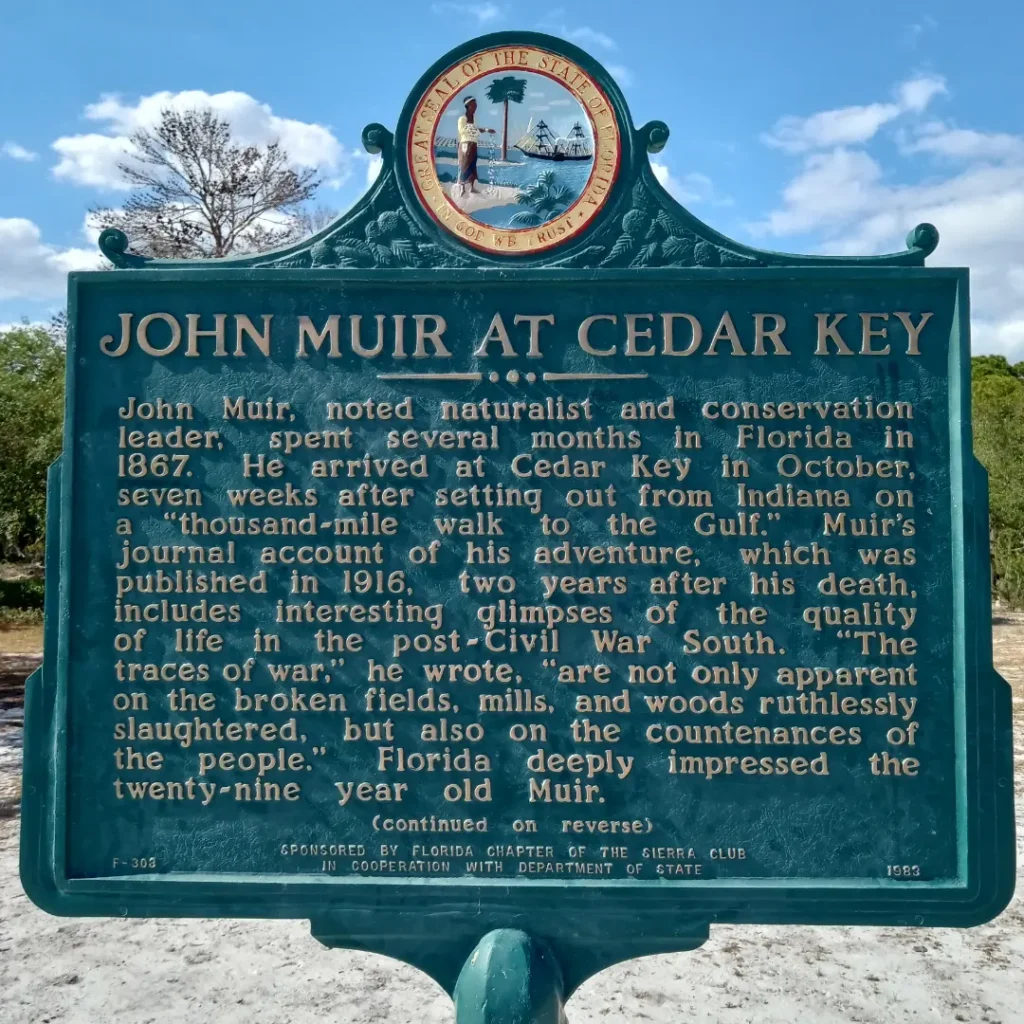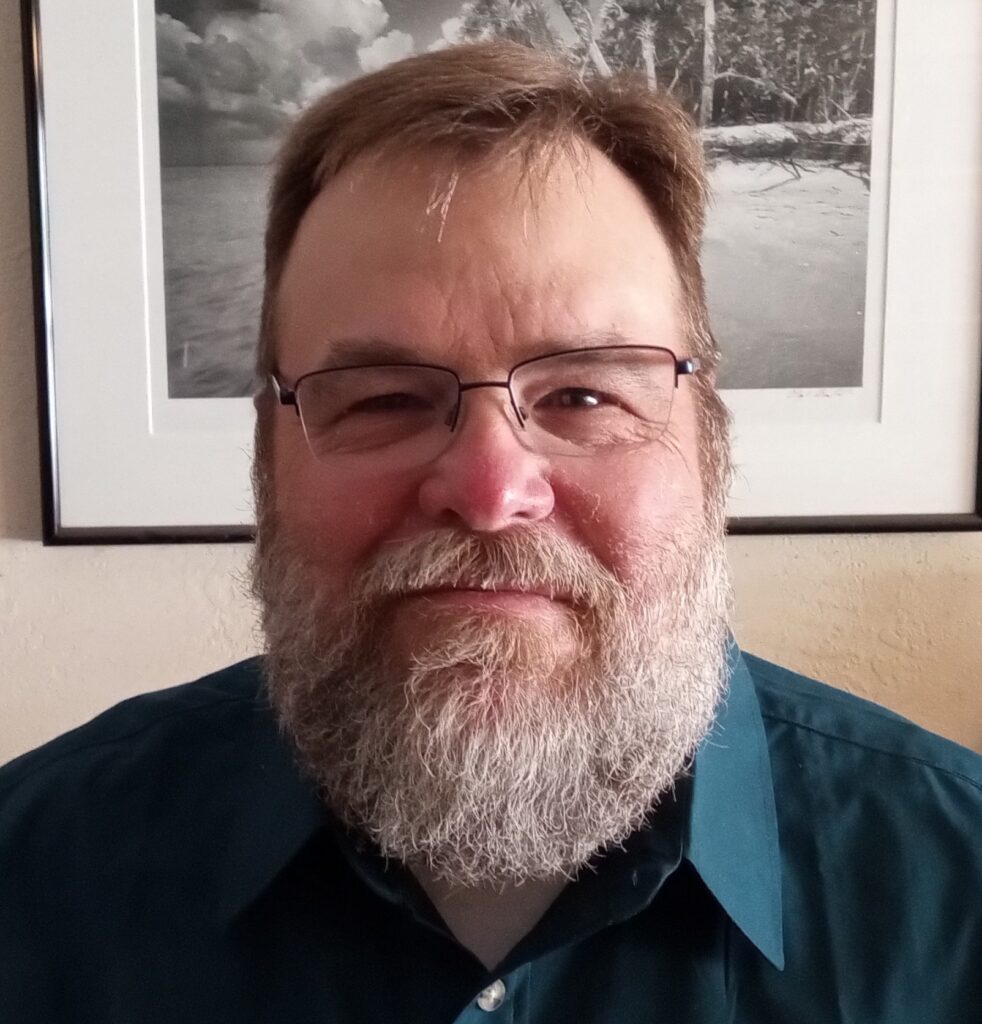By Joe Murphy
There are still places in Florida where you can disappear into a deep wilderness and be reminded of the Florida that once was, still is and can be again.
Florida’s Nature Coast stretches from upper coastal Pasco County to the Big Bend region. And while maps can be works of art, they cannot tell the whole story. The Nature Coast is defined by the tremendous spirit and potential it has as one of Florida’s last wild frontiers.

In the late 1860s, famed naturalist John Muir walked from the upper Midwest to the Gulf of Mexico. A memoir of this adventure was published, posthumously entitled “A Thousand-Mile Walk to the Gulf.”
Muir traversed a war-torn American South. He carried no weapon, relied on the kindness of strangers and carried simple items like a plant press, a journal and a Bible. He had a deep and tremendous curiosity about the natural world and put that into action.
As Muir entered Florida around Fernandina Beach, he took a southwestern path that eventually led him to Cedar Key. Upon arrival, he began to show symptoms of malaria and had to stay longer than he had expected.
It was in this period that he made the momentous decision to, upon recovery, travel west to California. He also began journaling about concepts now known as deep ecology, or the idea that all of nature has intrinsic value whether it benefits humanity or not.
His eventual influence on everything ranging from nature writing to conservation to our public lands can be traced in part back to his time in the Nature Coast. Now, many years removed, we need to harness that deep and profound love of nature, that boundless curiosity and the passion to put ideals into action that defined John Muir.
As we confront the climate crisis, we need more than ever to think and dream big as we propose landscape-scale solutions to keep the mosaic of all things wild in Florida from further fraying. Perhaps Muir’s passion, idealism and dedication can inspire us across history and be grounded again in the Nature Coast.
The Nature Coast offers us a chance, as we adapt with resiliency and hope to a changing climate, to propose and enact landscape-scale actions to offset loss.
We are just starting to understand the potential value of blue carbon and the ability of healthy, intact seagrass beds to sequester carbon. The Nature Coast and Big Bend aquatic preserves will be invaluable as we move forward, both as essential marine habitats and as places where we can offset carbon creation.

Large tracts of public lands like the Lower Suwanee River National Wildlife Refuge and the Big Bend Wildlife Management Area offer the opportunity to manage lands to allow for coastal retreat of flora and fauna as sea levels rise, coastal salinity increases and climate zones shift up and inward. Even former timber lands, if the soils are intact and drainages are intact, can be revived and restored as huge areas of recovering habitats to allow inward migration of natural systems.
We need to think boldly and think big. We need to abandon narrow false choices that seek to limit how we respond to climate change. We need to reject the culture war over climate change. We need to embrace places and ideas that lead to successful adaptation opportunities at a landscape scale in big, wild places that still exist.
Wallace Stegner once used the phrase “the geography of hope.” The Nature Coast is an amazing place if we can conserve it and manage it from a landscape-scale level. We can think and plan from a multi-generational perspective. We can offer hope that our legacy is not just climate loss, but solutions that value wild places for themselves and for the generations that will inherit them.
Joe Murphy is a lifelong and native Floridian and lives in the southern Nature Coast. Banner image: Bayport in Hernando County (Joe Murphy photo).
Sign up for The Invading Sea newsletter by visiting here. To support The Invading Sea, click here to make a donation. If you are interested in submitting an opinion piece to The Invading Sea, email Editor Nathan Crabbe at nc*****@*au.edu.



